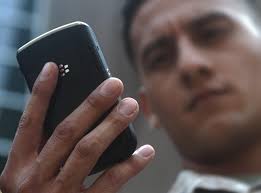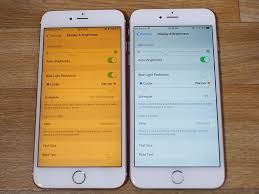I wouldn’t be able to put a number on how many Penn State students listen to music while walking to class without taking conducting some type of poll. However, I would bet it is at least 40% of students who listen to music while on their way to class. It seems everywhere I go I see Apple Earpods or Beats by Dre inside or on top of the ears of students. I don’t know about you, but when I walk to class I always have my headphones on. Kanye West has been instrumental in helping me get to class so far this semester.
On Monday I was late to my 11:00 AM class. This class is in the Sackett building, on the other side of campus from my residence. I left my dorm with plenty of time left, about 30 minutes, yet I was still late. I did not get lost on my way to the building, nor did I stop to talk with any of my peers. All I did was plug in my Earpods and walked to class. One thing I did differently than previous ventures to class was listen to artists like the Beatles and Stevie Wonder when walking to class rather than listen to Kanye West. This is certainly a drastic change of music.
After this experience I wondered, was it the type of music that made me late? Did the music cause me to walk slower? I decided to look into this, and found a study by Marek Franěk, Leon van Noorden, and Lukáš Režný.
In this study the scientists had people walk a route in a neighborhood that was 1.8 km (Franěk 2014). They made two experiments, with one experiment listening to pop music (Franěk 2014). They had them listen to pop music because it has a clear beat (Franěk 2014). The other experiment had people listened to motivational music and also non motivational music (Franěk 2014). The motivational music has a faster tempo as well as a strong rhythm (Franěk 2014). The non motivational music was slow music, and sounded much nicer (Franěk 2014).
The scientists found that beat does indeed make you walk faster. Those who walked to the pop music and motivational music walked faster than those who listened to the non motivational music. While the subjects did not walk to the beat of the music (only a few instances), they did walk faster with more up tempo music.
Height is of course a huge variable in this study. So could height be a confounding variable? Well, to account for the differences in height of the 121 students, the students were randomly put into the different music genre groups. Randomization helps to limit any confounding variables because there are many types of people. This is because randomization spreads characteristics around. People are inherently different. They come in all different shapes and sizes. By randomizing the selections, confounding variables are limited.
Bias could be a problem in this experiment, however. Because people know they are walking, this could easily effect their strides. If I were doing the experiment, I would set it up the same way. However, I would not tell those participating in it that their speed was being tested. I would tell them that I was testing something that would not effect their normal movement. By telling the participants I was measuring, say, if their phone battery is effected by travel and music, they would have no idea that I was actually measuring how fast they walked and their bias would be extremely limited.
Nonetheless, every study, no matter how well conducted, could be a fluke or due to chance. This is a rather small study. It certainly isn’t minuscule or anecdotal, but it is still only over 100 people. This could easily be a fluke, even if it was well conducted. There needs to be more studies done on this. Many, many more studies. The prayer study we looked at in class is a perfect example. The science was done correctly and extremely well, yet after more studies were done other scientists found different conclusions. I am not saying this study is wrong, as it certainly helps explain why I was late to class, but one can not simply take the word of one study. I look forward to finding more studies on this topic that help substantiate the three scientists’s conclusion. Until then, keep enjoying your tunes.









